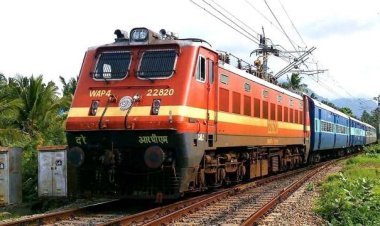Air travel will be cheaper: NASA and Boeing are making fuel saving plane
Air travel will be cheaper: NASA and Boeing are making fuel-saving planes, it will have extra-long wings

In the coming time, people will be able to travel by cheap air. In fact, NASA and Boeing are working together on the Sustainable Flight Demonstrator Project to build, test and fly an emissions-reducing single-aisle aircraft. NASA announced this partnership on Wednesday. Apart from causing less damage to the environment, these aircraft will also save fuel, which will make air travel cheaper.
Over seven years, NASA will invest $425 million in the project, while the company and its partners will contribute the remainder of the funding (about $725 million) as agreed upon under the agreement. Apart from this, NASA will also contribute to technical expertise and facilities. NASA Administrator Bill Nelson said, 'If we are successful, we could see these technologies in aircraft by 2030.'
The transonic truss-braced wing concept consists of an extra long thin wing of the aircraft which is stabilized on diagonal struts. This design makes the aircraft more fuel efficient than a traditional airliner. In fact, this shape creates less drag, which in turn burns less fuel. Apart from this, many more green technologies will be used to make the plane.
NASA expects the flight demonstrator to consume less fuel than the most efficient single-aisle aircraft currently in use. It has not been told yet how much it will be reduced. Along with this, it will bring down the emission by 30%.
Bill Nelson said that saving fuel is not only beneficial for the earth, but passengers travelling on planes will also get cheaper tickets. Boeing estimates that demand for new single-aisle aircraft will increase by 40,000 planes between 2035 and 2050.
Earlier in the 1970s, NASA came up with a technology called winglets. The vertical extensions of the wingtips are called winglets. It is being used in all types of aircraft worldwide. The use of this technology saves a lot of fuel. Designed as small airfoils, winglets reduce aerodynamic drag. Reduced drag results in lower fuel consumption.
For Latest News update Subscribe to Sangri Today's Broadcast channels on Google News | Telegram | WhatsApp

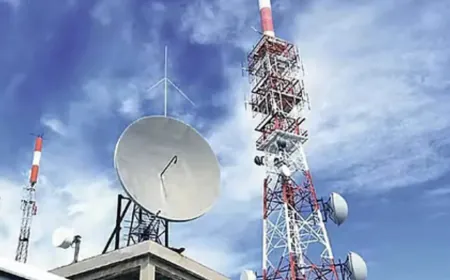




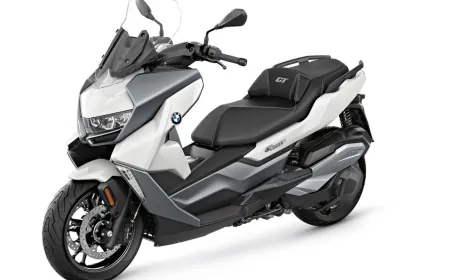






























.jpeg)












































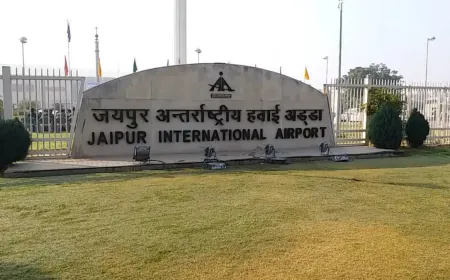

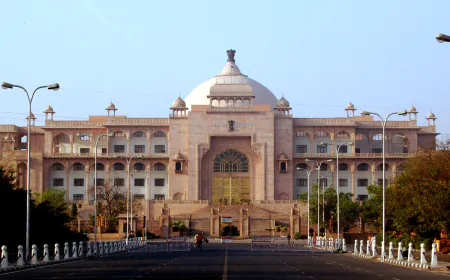




























.jpeg)




